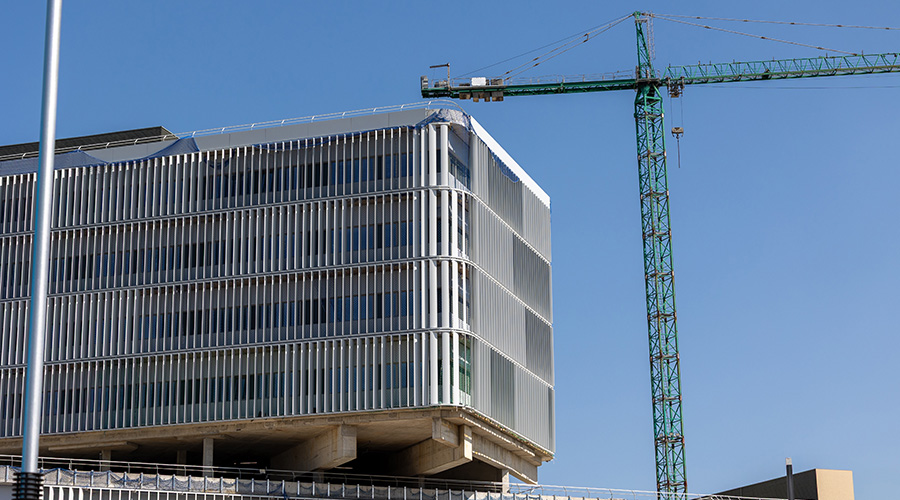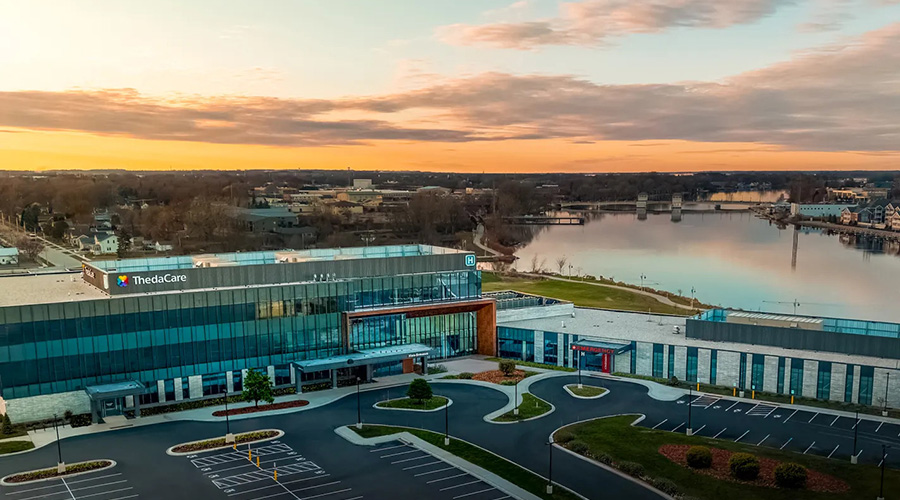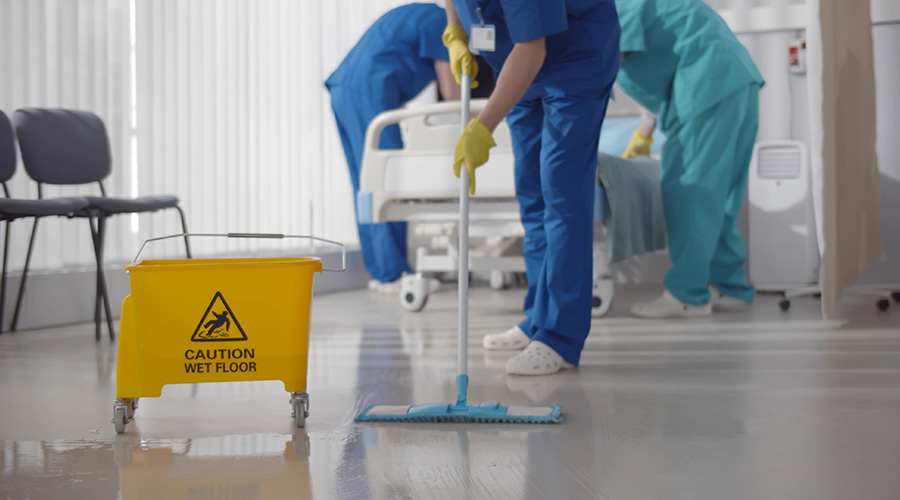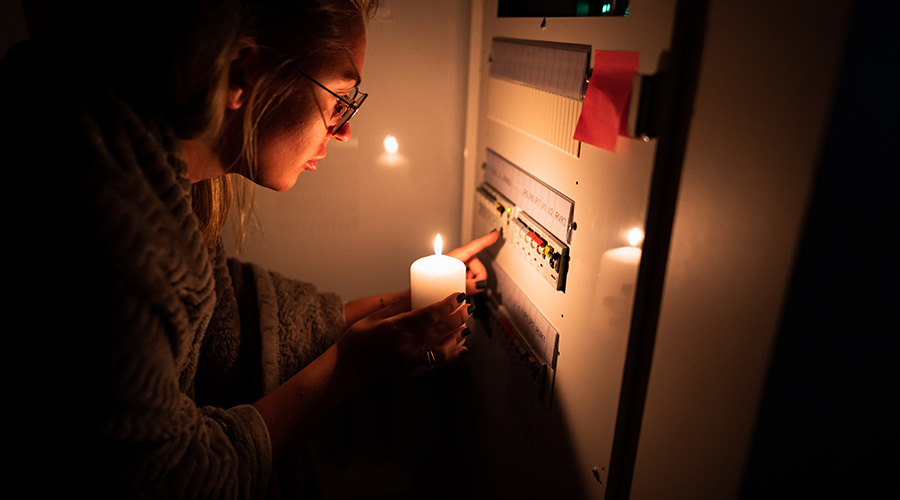Often known as a hospital’s “front door,” the emergency department (ED) welcomes and processes a large number of patients arriving to the hospital. However, this frequently used "front door" often becomes of bottleneck of patients, long wait times and a place for uninsured patients to come for service better found at a doctor’s office.
As discussed in the June issue of Health Facilities Management, increasing number of hospitals and health systems are turning toward a new model of emergency service delivery – the freestanding emergency department (FED), which give hospitals more front doors and a way to address the growing need for more emergency services and increased revenues.
Defined by the Centers for Medicare and Medicaid Services (CMS) as either a “stand-alone hospitals specializing in emergency services” or a “provider-based department of the main hospital,” these freestanding departments are cropping up in outer-ring and rural suburban markets.
Site considerations are key to the success of these departments, according to the Health Facilities Management article. Close proximity to major highway interchanges is a must with room on the site included in the master plan for growth and expansion. Strategic alliances between large physicians practices groups or health/wellness organizations, such as the YMCA, are common for these sites, amortizing costs of the space.
According to the article, there are numerous issues to consider when planning and building a FED including a hard look at core processes, imaging and laboratory needs, potential for helicopter transport, EMS coordination and overall infrastructure. Local, state and federal regulatory considerations also need to come into play as do emergency preparedness plans, redundancy and other safety measures.
Read the article.

 Building Sustainable Healthcare for an Aging Population
Building Sustainable Healthcare for an Aging Population Froedtert ThedaCare Announces Opening of ThedaCare Medical Center-Oshkosh
Froedtert ThedaCare Announces Opening of ThedaCare Medical Center-Oshkosh Touchmark Acquires The Hacienda at Georgetown Senior Living Facility
Touchmark Acquires The Hacienda at Georgetown Senior Living Facility Contaminants Under Foot: A Closer Look at Patient Room Floors
Contaminants Under Foot: A Closer Look at Patient Room Floors Power Outages Largely Driven by Extreme Weather Events
Power Outages Largely Driven by Extreme Weather Events